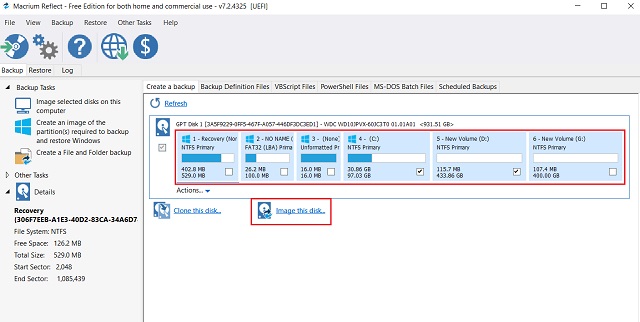

We will be using a software called Macrium Reflect 7 to do this.

This applies to those wishing to move a Windows installation from an HDD to an SSD – which seems to be the most common reason for doing the migration. In this piece, I am going to talk about how you migrate a working installation of a Windows 10 or Windows 11 operating system to a completely new disk. You cannot just copy and paste the files to a new disk and expect Windows to boot from it, for a variety of reasons, primary among them being the other partitions that Windows needs on a disk to operate, such as one partition for the boot manager itself. There used to be software that could do this migration, but now they are all paid. Migrating a Windows operating system to a new drive without reinstalling can be a hassle.


 0 kommentar(er)
0 kommentar(er)
